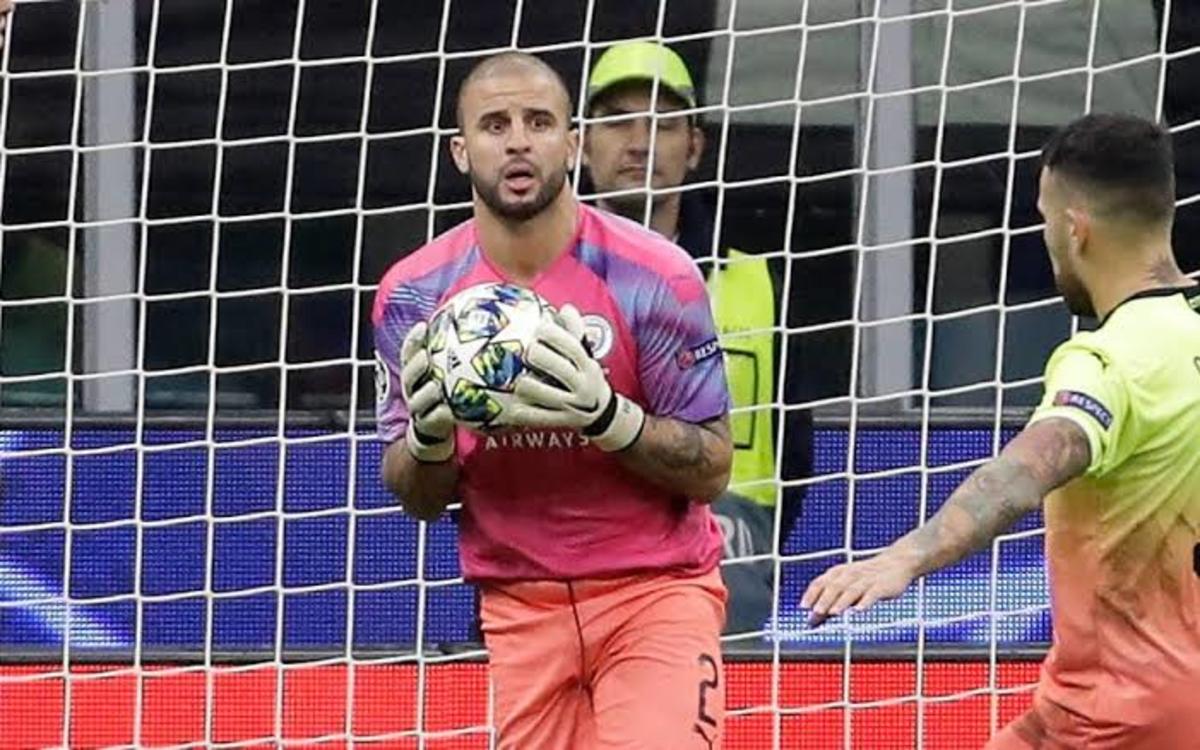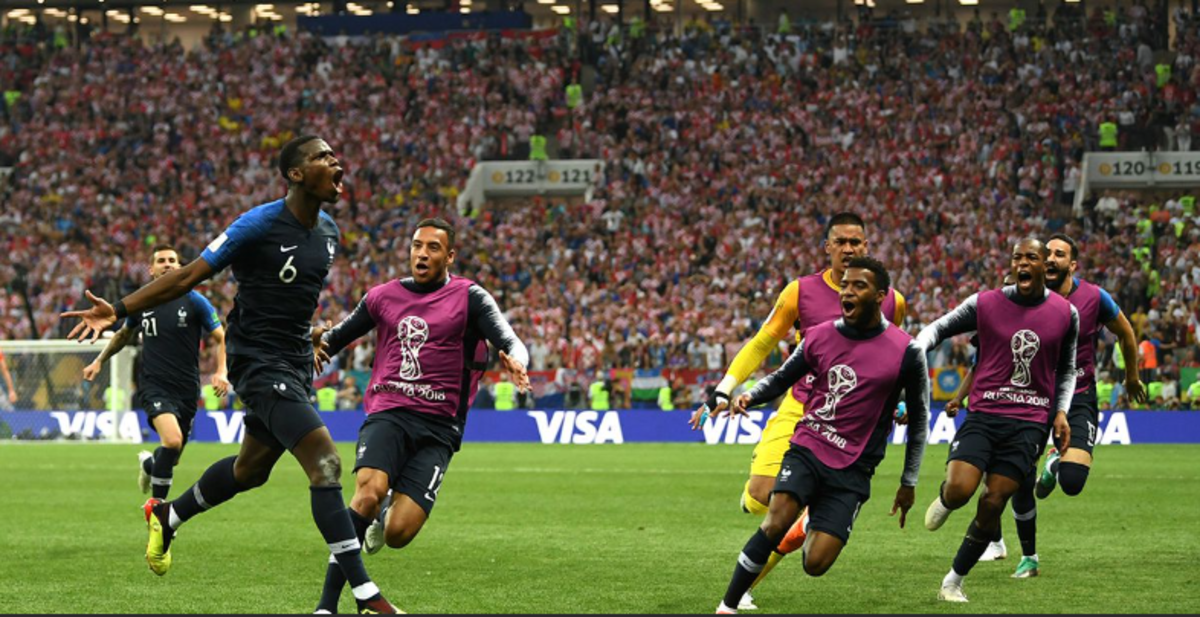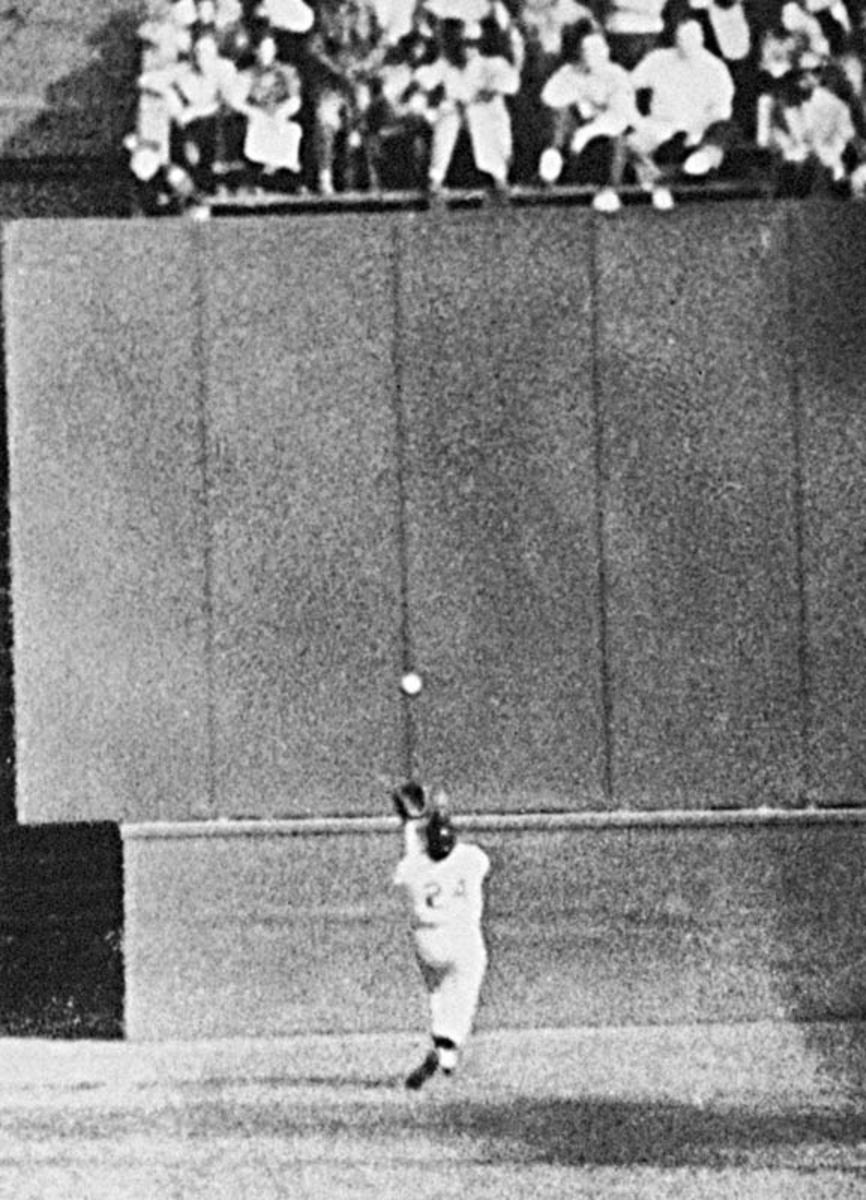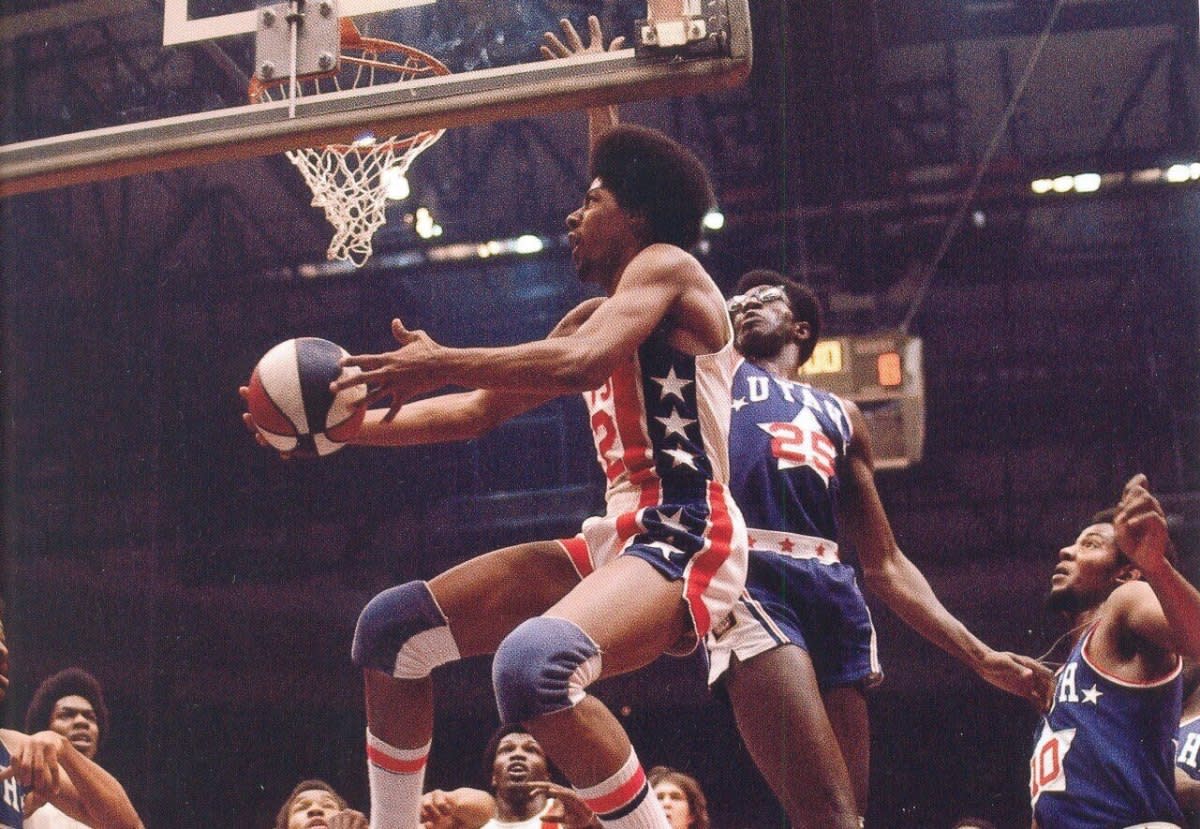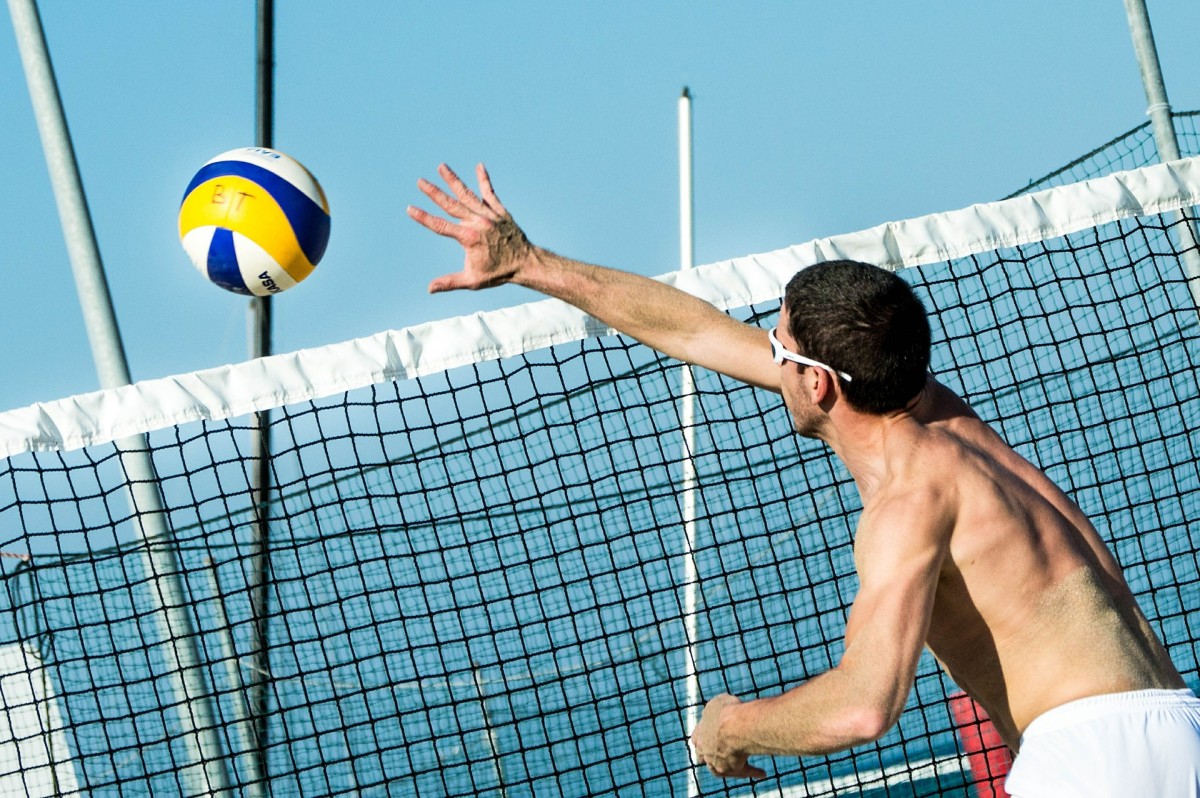Handball: Goal Keeping
The role of the goalkeeper in any sport is a vital one. Being the last line of defence, a proficient keeper can be the difference between a competitive team and a mediocre team. Even if the team is weak, having a good goalkeeper can give the team a sufficient competitive edge to be a force to be reckoned with.
In handball, goalkeepers have the unenviable task of deflecting balls that come at speeds of up to over 80mph. In the face of such bullet-like throws, the role of the goalkeeper is definitely not for the faint-hearted. Protecting the goal in handball is an extremely challenging role that requires lightning reflexes and great skill. Only the best goalkeepers in handball can hope to save more than 40% of the balls that come towards the goal.
The Rules that Govern the Goalkeeper
Similar to other sports where there is a goalkeeper, there are unique rules that apply only to the goalkeeper. In handball, the goalkeeper is allowed to block the ball with any part of the body inside the goal area. The goalkeeper may also move around with the ball inside the goal area without restrictions, unless it is evident that he or she is employing delaying tactics. The goalkeeper is also allowed to leave the goal area at any time following the rules that govern all court players.
What the goalkeeper is not allowed to do is leave the goal area while in possession of the ball. The goalkeeper may not touch the ball while it is stationary or rolling on the ground outside the goal area. Neither is the goalkeeper allowed to re-enter the goal area from the playing area while still holding the ball. The goalkeeper is also restricted from receiving a pass from a court player while inside the goal area.
The goalkeeper is awarded a goal-throw if he or she blocks the ball and recovers it in the goal area. A goal-throw is also awarded in the event that the ball goes over the endline after the goalkeeper successfully blocks it; or if the opposing team throws the ball over the endline. The goalkeeper must play the goal-throw by passing it to a teammate from within the goal area. If the goalkeeper successfully blocks the shot and the ball goes out of bounds on the sideline, then the opposing team keeps the ball and returns it into play with a throw-in.
Goalkeeper Protection
Due to the high risk of being hit by the ball, it is important that goalkeepers learn how to protect themselves from the ball while executing their job of saving the ball. At the end of the day, nothing beats good technique however there are other tactics that can be employed to minimise the damage while the goalkeeper works to improve his or her technique.
Goalkeepers can wear long sleeved shirts and long pants to help minimise exposed skin areas. Male goalkeepers are also advised to wear a protective groin cup. Additionally, knee and shin pads can also provide extra protection.
During training, ball impact can be reduced by practicing with dense foam balls or partially deflated volleyballs. Old tennis balls can be used to help improve reaction time. Once the goalkeeper’s technique picks up, the proper handball ball can be introduced into the training routine.
Goalkeeping - Positioning
When the opponent has the ball within shooting distance of the goal, it is important for the goalkeeper to adopt the basic defensive stance. In other words, stand tall with feet shoulder-width apart and knees flexed. Body weight should be evenly distributed across the balls of both feet. Arms and elbows should be bent with hands at shoulder or waist height.
Any movement made by the goalkeeper should be intended to protect the goal at all times. Special attention should be given to the corners of the goal – usually the top and bottom corners closest to the attacker as these are usually the easier targets to go for. By staying between the attacker and the short corners, the attacker will be forced to take a more difficult shot which reduces the chances of a goal being scored.
Although the goalkeeper’s main focus will be on the shooter, it is important for the goalkeeper to be aware of what is happening in the overall offensive situation of the game. The movement of the goalkeeper should be along an imaginary arc between the two goalposts. Usually, the goalkeeper should stand one step out from the middle of the goal line. Since it is not possible to see the goalposts from this position, the goalkeeper needs to have a sense of where the goalposts are and of his or her position in relation to the opening of the goal.
Goalkeepers need good reflexes and must be ready to change directions at any time. By being aware of the defence strategy, the offensive situation and the ball, the goalkeeper can anticipate where the shot is most likely to be taken. This will assist the goalkeeper to protect the goal more effectively.
Goalkeepers need to know how to block high, low, medium and wing shots, as well as how to initiate a fast-break. There are plenty of exercises and tips for goalkeepers and their coaches available. A goalkeeper can train with these exercises to help prepare himself or herself for the game. At the end of the day, a large part of the team’s success is dependent on how well the goalkeeper performs during game play.


